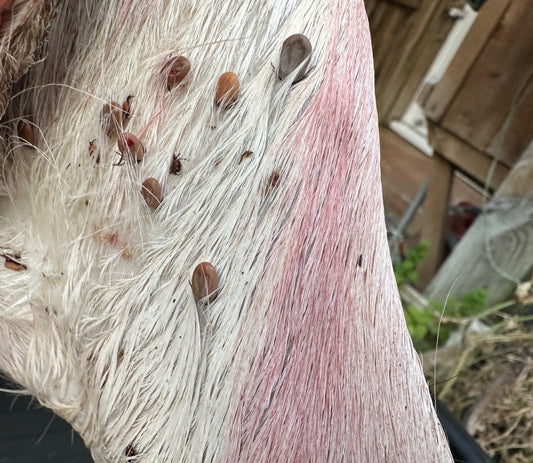Deer antlers stand out as a remarkable phenomenon. These complex structures are much more than just an eye-catching feature; they are a testament to the deer’s survival and evolutionary strategies. For landowners, hunters, and wildlife enthusiasts alike, understanding antlers can enrich our appreciation of deer and the roles they play in our ecosystems. Here we look at the details of what antlers are composed of, the purposes they serve, and their fascinating lifecycle.
Composition and Growth of Antlers:
Antlers, exclusive to members of the deer family, Cervidae, are a fast-growing form of bone — the only bone known to regenerate in mammals. The composition of antlers is primarily a matrix of collagen fibers, minerals (such as calcium and phosphorus), and living bone cells. At the core, they have a honeycomb-like structure that supports their rapid growth and minimizes weight.

The growth cycle of antlers begins with a layer of skin and soft fur, known as velvet, which envelops the developing structure. This velvet is laden with blood vessels and nerves, supplying the growing antlers with essential nutrients. The process of antler growth is a marvel of nature, driven by a surge of hormones that correlates with the lengthening days of spring and summer.
The Purpose of Antlers:
Mating Rituals and Hierarchy: Antlers are a stag's pride, primarily used during the breeding season to woo potential mates and to battle rivals. They are indicators of a deer’s genetic quality and health. A robust set of antlers can elevate a male’s status, making him more attractive to females and intimidating to other males.Combat and Defence: Beyond the spectacle of rutting season, antlers are formidable weapons. Deer use them in combat to assert dominance or defend against predators. The antlers' structure allows for powerful blows and skilled maneuvers during fights.
Foraging Aid: Antlers can also be utilitarian tools. Deer use them to forage for food by stripping bark from trees, uncovering snow-covered vegetation, or manipulating branches to access fresh leaves.
The Lifecycle of Antlers:
The lifecycle of antlers is a yearly process tied closely to a deer’s reproductive cycle. After the breeding season ends, decreasing daylight triggers hormonal changes that lead to the shedding of antlers. This shedding process can take two to three weeks, after which the regeneration cycle begins anew. Young deer often grow their first set of antlers in their second year, and these antlers grow larger and more complex with each subsequent year, reaching their peak size as the deer approaches maturity.
Environmental Factors Influencing Antler Development:
Nutrition and habitat quality play significant roles in the development of antlers. A diet rich in minerals and vitamins can result in healthier and larger antlers. Conversely, a poor habitat with inadequate nutrition can lead to underdeveloped antlers, affecting a deer’s ability to compete and reproduce.
The Fascinating Process of Velvet Shedding:

As summer ends and the antlers fully ossify, the velvet dries up and peels away, a process often expedited by the deer rubbing its antlers against trees. This rubbing not only removes the velvet but also marks territory with scent from glands in the deer’s face.
Deer antlers are extraordinary in their complexity and function. They encapsulate the deer’s strength, health, and vitality and are deeply embedded in the animal's life history. For those who manage and conserve deer populations, an appreciation of antler biology can provide deeper insights into the health and dynamics of deer herds. It’s this understanding that enables us to manage deer populations more effectively and sustainably, ensuring that these magnificent animals continue to thrive on our landscapes.
Whether you are a farmer managing herds on your land, a hunter tracking the health of local populations, or simply a nature lover fascinated by the intricacies of wildlife, the study of antlers opens a window into the life of deer. It’s a reminder that even the most familiar sights in our countryside hold secrets waiting to be uncovered by curious minds.




